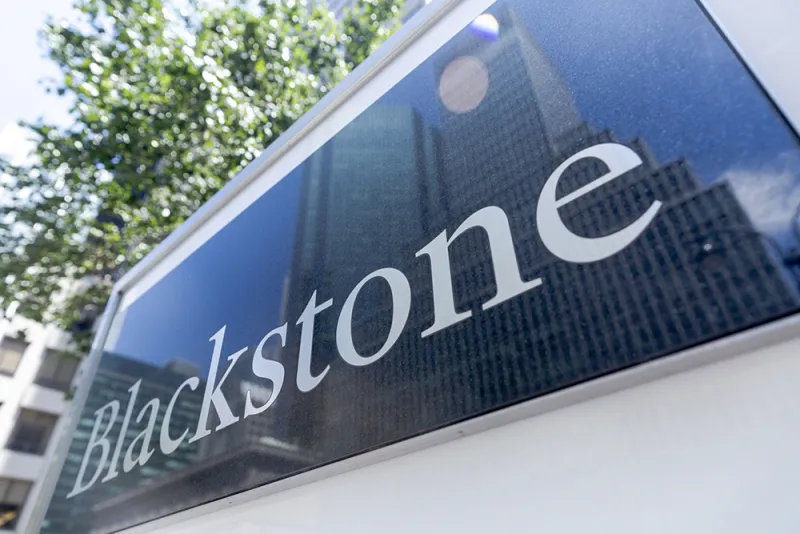What distinguishes the haves from the have-nots in asset management this year?
According to research from Morgan Stanley, publicly traded asset managers who have grown their businesses the most this year are firms that offered products in hot growth areas (private markets, emerging markets, and investment solutions), have gotten on board with ESG, or have overhauled their operating models to maintain Covid-19-related levels of productivity for savings of more than 10 percent.
The gap between the biggest winners and losers is stark.
Inflows into private equity giant Blackstone Group grew a stunning 23 percent for the first half of 2020, according to the report, published this week. Another private equity firm, Ares Management, reported an 18 percent increase in net new money over the same period.
Index fund provider Vanguard saw a 16 percent increase in net inflows over the same period. Other alternative investment managers whose net inflows grew by 10 percent or more in the first half are Hamilton Lane and hedge fund manager Sculptor Capital Management (cited in the report by its former name, Och-Ziff).
Alternatives providers were well positioned given the fast pace of growth in that segment this year. Private market investments have overtaken ETFs as the fastest-growing segment, according to the research: Private market and alternative investment funds grew net new money by 11.6 percent in the first half of 2020, compared with 7.6 percent for ETFs. Net new flows to traditional funds were flat, according to the research.
At the same time, growth in passive flows is slowing, with both Vanguard and iShares having reported net new money growth of more than 20 percent in 2017, for example.
On the other end of the spectrum, firms with poor performance, lack of diversification, or those that heavily skewed toward fixed income reported weaker flows.
Swiss asset manager GAM fared the worst, with net inflows plunging by 33 percent in the first half, according to Morgan Stanley, followed by GAMCO at 15 percent. Manning & Napier and emerging markets specialist Ashmore each posted a 12 percent decline in net new money for the first half. These managers did not respond to a request for comment in time for publication.
The Morgan Stanley researchers said the publicly traded asset managers it thinks will be best positioned for the “new normal that we expect to follow the current crisis” are BlackRock, Blackstone, DWS, Partners Group, and Perpetual, based on their diversified and global businesses, distribution capabilities, broad product offerings, and positioning in strong growth areas. In contrast, its “least preferred stocks” are Standard Life Aberdeen, Waddell & Reed, and Platinum Asset Management, due to “challenges in their core underlying businesses that are likely to persist,” the analysts wrote.
Morgan Stanley’s equity analysts cited three areas as ripe for delivering compound annual growth of 7 percent or more over the next five to seven years: emerging markets/China onshore investments; private market assets; and solutions, supported by “structural and demographic shifts in pension markets,” according to the report.






